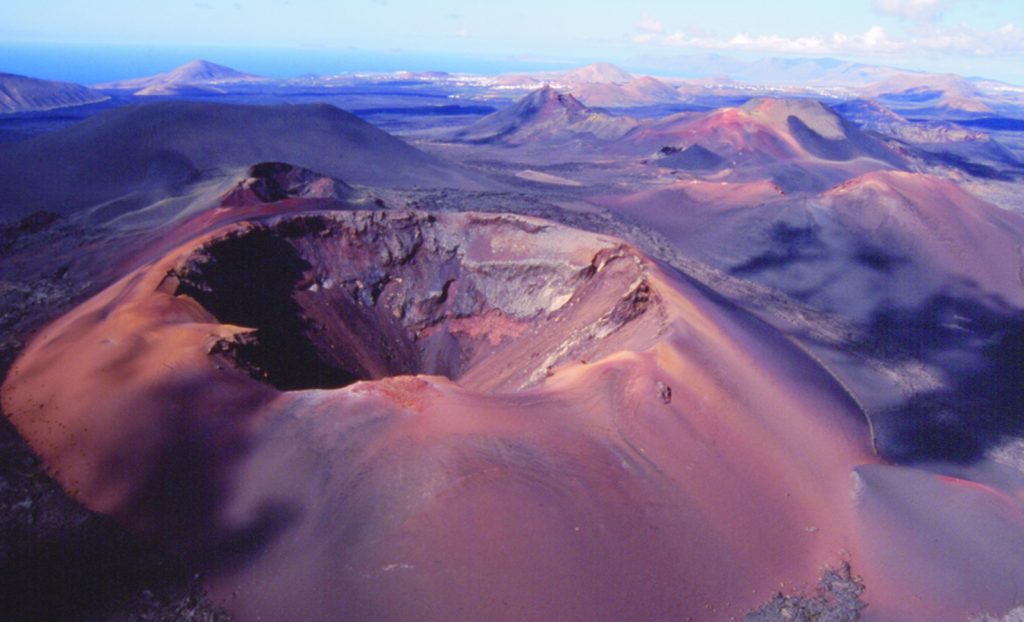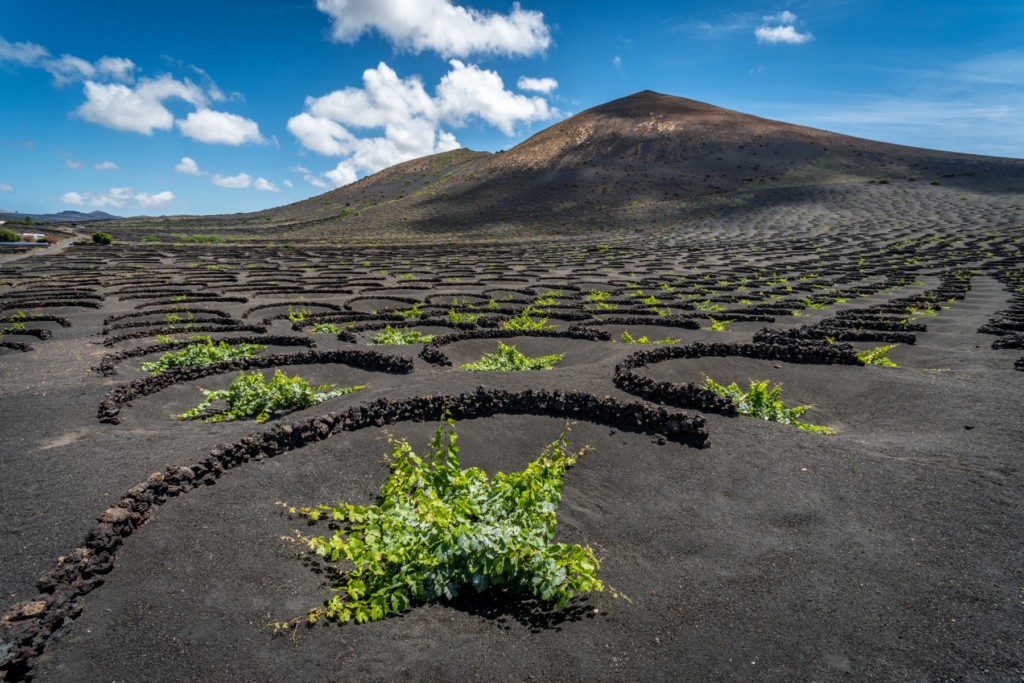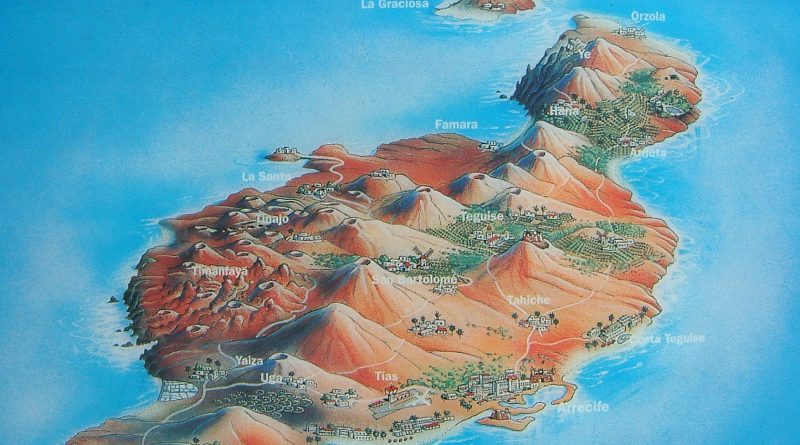Lanzarote – much more than volcanoes
Enjoy the island of Lanzarote, where you find many very different landscapes and great beaches
Lanzarote, the northern of the seven Canary Islands, is still often seen as an unfriendly volcanic desert where black beaches and lava fields dominate the landscape. But that is only a small part of an island full of diversity, surprises and really magical places.
Lanzarote is, as all Canary Islands, of volcanic origin and especially the eruptions between 1730 and 1736 changed the face of the island forever. More then a quarter of the island is still a unique volcanic landscape, protect as Timanfaya National Parque.

The rest of the island offers a broad mixture of different landscapes, wild coast lines and numerous sand beaches, which bring around 2 million visitors every year to the tourist areas of Puerto del Carmen, Costa Teguise and Playa Blanca.
In the North of Lanzarote dunes and lagoons offer a perfect surrounding for everyone looking for a quiet place, in the West you can visit in El Golfo a half-broken crater with its sea Charco de los Clicos, in the South you find with the Papagayo Beaches the most beautiful beaches of the island, or travel up to the Famara-Riff and enjoy the views of the surfer beach close to Caleta de Famara. From Femés you have on clear days a magnificent view of the neighbouring island of Fuerteventura and see impressive sunsets. In Haría the valley of the 1000 palm trees is waiting for you and in La Geria you can try the local wine in one of the many bodegas around.

With a maximal length of about 60 kilometres and a width of 35 kilometres Lanzarote is the fourth largest island of the Canaries, with a population of about 150.000 people Lanzarote is after Gran Canaria and Tenerife the third most important Island regarding the population. In 1702 Lanzarote was conquered by Jean de Béthencourt and since then belongs to Spain.
Lanzarote is governed by an island government and divided into seven municipalities. It is strongly marked by the works of artist César Manrique (1919-1992), who influenced the development of the island and created unique works of art all over the island. Tourist centres as Jameos del Agua, Mirador del Rio, Jardín de Cactus or El Diablo in the National Parque of Timanfaya are perfect examples of a harmony between art and nature, that still is predominant in Lanzarote once you leave the tourist areas. In 1993 Lanzarote was declared UNESCO-Biosphere Reserve.
We hope this article on Lanzarote – much more than just a volcano encourages you to explore the island extensively. If you are interested in excursions on land or on water, you will find many suitable offers in our main menu.

